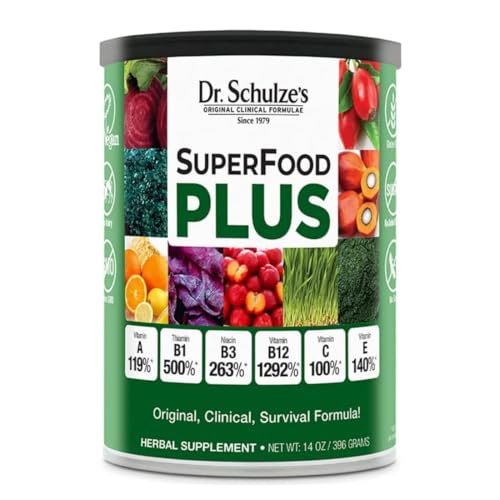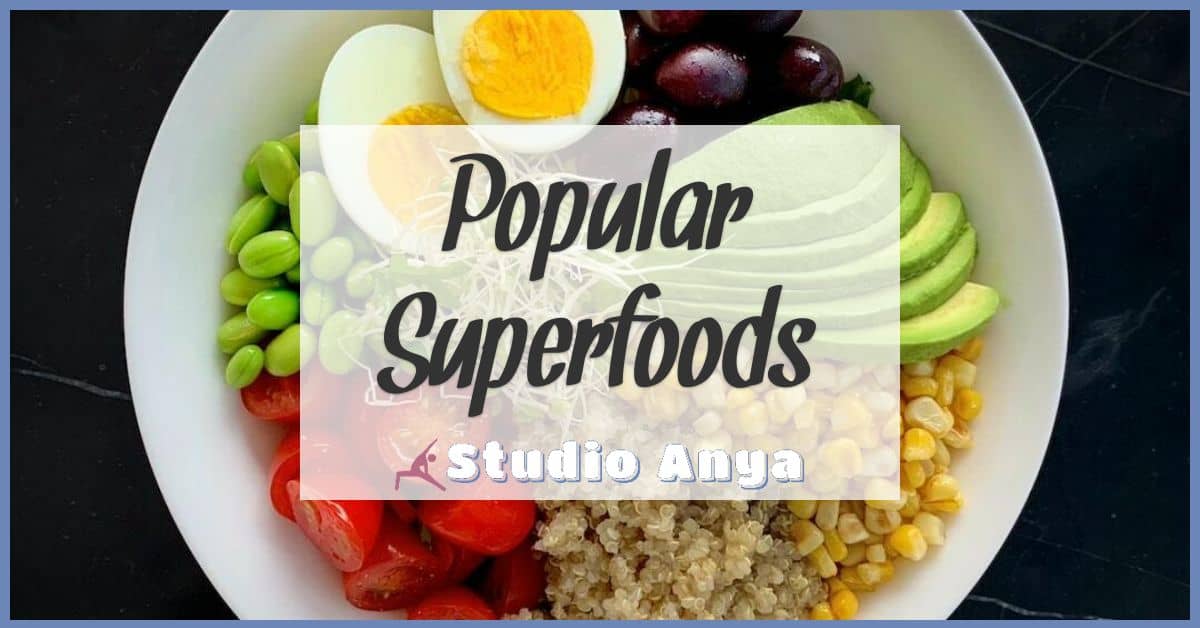I’ve always heard how important fiber is for a healthy diet, but let’s be honest—adding more of it can sometimes feel like a gamble. One day you’re feeling great, and the next, you’re dealing with uncomfortable bloating that makes you regret every bite. It’s a common struggle, but it doesn’t have to be that way.
Understanding the Importance of Fiber
Fiber plays a vital role in maintaining a healthy body and mind. As someone passionate about holistic well-being, I often emphasize foods that fuel both physical health and mental clarity.
Benefits of Dietary Fiber
Fiber helps support digestion and overall gut health. Soluble fiber, found in foods like oats and apples, forms a gel-like substance in the digestive system. This promotes better nutrient absorption and supports long-lasting energy, essential for active lifestyles and consistent yoga practice. Insoluble fiber, present in whole grains and vegetables, helps maintain regular bowel movements, reducing discomfort.
Fiber also stabilizes blood sugar levels. Steady energy prevents sugar crashes that can disrupt meditation focus or yoga flow. It even promotes heart health by lowering harmful cholesterol levels. Additionally, high-fiber foods, such as lentils and flaxseeds, promote satiety, making mindful consumption easier.
Common Issues With Increasing Fiber Too Quickly
Sudden fiber increases often trigger bloating or discomfort. Introducing too much fiber at once overwhelms the digestive system, especially for individuals accustomed to low-fiber diets. Such experiences can discourage healthy eating, which I help clients navigate through gradual adjustments.
It’s also common to neglect hydration alongside increased fiber intake. Fiber requires adequate water to pass smoothly through the digestive tract. Without it, stools harden, leading to constipation instead of the intended digestive benefits. Keeping water intake aligned with fiber consumption minimizes these issues while maintaining balance and ease.
Strategies to Increase Fiber Without Bloating
As a yoga teacher and nutrition enthusiast, I’ve seen how improving fiber intake can transform energy levels and overall well-being. A mindful approach, much like yoga and meditation, helps the body adapt without discomfort.
Start Slow and Gradual
Increasing fiber slowly allows the digestive system to adjust. I always recommend starting with small portions of fiber-rich foods, like adding a tablespoon of chia seeds or a handful of berries to a morning smoothie. Gradually increasing servings weekly, rather than making sudden changes, minimizes bloating and promotes comfort.
Choose Low-FODMAP Fiber Sources
Low-FODMAP foods are digestible and gentle on the stomach, especially for those with sensitive digestion. Options like zucchini, carrots, spinach, and kiwi provide fiber without triggering bloating. I often suggest these to my clients during meditation retreats to keep meals light yet nourishing. Focusing on these foods supports gut health while maintaining balance.
Incorporate High-Fiber Foods Into Meals
Adding fiber-rich foods to everyday meals ensures steady intake without overwhelming digestion. Mixing oats or flaxseeds into breakfast bowls, tossing chickpeas into salads, or blending steamed broccoli into soups are simple ways to integrate more fiber. I find that combining these steps with deep belly breathing during meals supports digestion as it relaxes the nervous system.
Tips for Managing Bloating
Managing bloating alongside increased fiber intake is achievable with simple strategies. I often guide my clients to listen to their bodies and adopt habits that promote both physical health and inner balance.
Stay Hydrated
Drinking enough water helps your body process fiber properly. Fiber absorbs water in the digestive tract, softening stool and preventing discomfort. I always suggest keeping a water bottle nearby during the day and sipping consistently. Warm water or herbal teas, like peppermint or ginger, can be especially soothing to the digestive system.
Pair Fiber With Probiotics
Pairing fiber with probiotics supports a healthy gut microbiome. Probiotics, found in foods like yogurt, kefir, and miso, can help balance gut bacteria and reduce bloating. When combining fiber-rich foods, like oats or flaxseeds, with probiotic-rich options, you create harmony in your digestive process. I often recommend starting your day with a bowl of oatmeal topped with unsweetened yogurt and fresh fruit.
Practice Mindful Eating
Slowing down your meals reduces bloating and allows your body to digest more efficiently. Mindful eating encourages being fully present with each bite, chewing thoroughly, and focusing on the flavors and textures of food. I teach my clients to take a few deep belly breaths before meals to activate the parasympathetic nervous system, which supports healthy digestion. Giving your body this moment of presence can minimize discomfort and improve nutrient absorption.
High-Fiber Foods to Consider
For those embracing a journey of mindful living through yoga and healthy eating, choosing the right high-fiber foods is key to maintaining balance. By selecting gentle, nourishing options, it’s possible to increase fiber without experiencing bloating.
Fruits and Vegetables
Fruits and vegetables offer natural, easy-to-digest fiber that supports gut health. Berries, like raspberries and blackberries, are rich in fiber yet light on the stomach. Bananas, especially ripe ones, are soothing and provide a good source of soluble fiber. Among vegetables, zucchini and spinach are excellent low-FODMAP choices for those wanting a gentler fiber boost. Incorporating these into smoothies, soups, or light salads pairs well with a mindful eating approach.
Whole Grains
Whole grains provide steady energy while promoting digestion. Oats are one of my favorites; they’re versatile, comforting, and high in soluble fiber. Quinoa and brown rice are gentle on the digestive system and a perfect addition to warm bowls or side dishes. Choosing minimally processed options helps retain their nutrient value and aligns beautifully with a clean, natural diet.
Legumes and Nuts
Legumes, such as lentils and chickpeas, pack a fiber punch but can cause bloating if eaten in large amounts too quickly. Soaking or sprouting them improves digestibility and reduces discomfort. For nuts and seeds, chia and flaxseeds are particularly high in fiber and work wonderfully in yogurts or smoothies. Almonds and walnuts are also nourishing, offering protein and healthy fats alongside their fiber content.
Mistakes to Avoid
When increasing fiber intake, it’s essential to do so in a mindful way to prevent discomfort. I’ve seen many people struggle with bloating and digestion issues due to a few common mistakes.
Drastically Increasing Fiber Intake
Adding too much fiber too quickly challenges your digestive system. Sudden changes, like switching from minimal fiber to multiple daily servings of beans or whole grains, often lead to bloating and cramping. I always encourage starting small, such as replacing one daily snack with a fiber-rich option like a handful of berries or an apple. This approach gives your body time to adapt.
Neglecting Water Consumption
Fiber needs water to move smoothly through the digestive system. Without enough hydration, increased fiber can cause bloating or even constipation. I advise drinking a glass of water with each fiber-rich meal. For those who forget to hydrate, keep a water bottle nearby during yoga or meditation to drink mindfully throughout the day.
Ignoring Your Body’s Signals
Sometimes, your body might struggle with certain fiber sources, like lentils or broccoli, even when eaten in moderation. Listening to these signals is key. If you notice persistent bloating or discomfort after eating specific foods, try choosing low-FODMAP options instead. Personally, I find zucchini and spinach more soothing for digestion while still being nutrient-rich. Pair these adjustments with intentional breathwork to ease tension in the abdomen and support digestion.
Conclusion
Boosting fiber doesn’t have to mean dealing with bloating and discomfort. By taking it slow, staying hydrated, and being mindful of how your body reacts, you can enjoy all the benefits fiber has to offer without the unwanted side effects. It’s all about finding what works best for you and making small, sustainable changes.
Remember, your body thrives on balance, so listen to it and give it the care it needs. With a little patience and the right approach, you’ll be well on your way to a healthier, happier gut.













